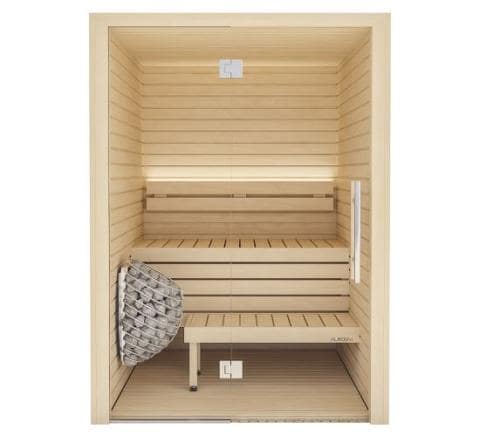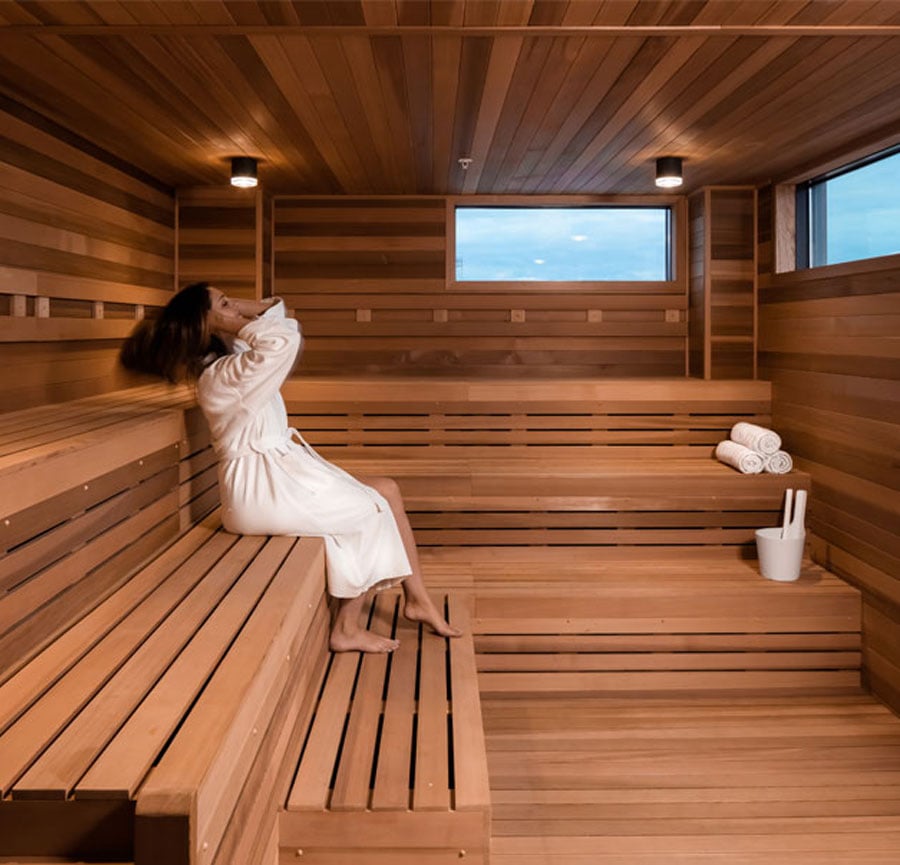What Does Traditional Sauna Do?
What Does Traditional Sauna Do?
Blog Article
Some Known Facts About Traditional Sauna.
Table of ContentsThe 6-Minute Rule for Traditional Sauna4 Easy Facts About Traditional Sauna ExplainedThe smart Trick of Traditional Sauna That Nobody is Talking AboutSome Known Facts About Traditional Sauna.Traditional Sauna Can Be Fun For Everyone
The majority of the weight shed in a sauna is water loss and is re-gained upon rehydrating. Nonetheless, undoubtedly sauna can be a vital part of a healthy and balanced fat burning program. To consider the distinctions between traditional and IR saunas, I will certainly divide these right into proven, theoretical, and produced differences.Thus, the most popular point in the saunawhich goes to the ceiling directly above the sauna heateris typically between 185 and 190 F. Claims that a standard sauna surpasses 200 F is simply not real and not relevant for electrical saunas marketed in the United States. The temperature level for a far-infrared sauna is generally set in between 120 and 140 F; however, unlike the standard sauna, the objective in and IR room is not to achieve a high temperature level.

When a typical sauna has actually been appropriately warmed, the sauna wall surfaces are cozy, the air temperature level has achieved established temperature level and the rocks are very heated. As a fascinating side note, the heated wall surfaces and the rocks are sending out far-infrared warm, incorporated with the warmed air, to create an "enveloping warm".
The 6-Second Trick For Traditional Sauna
When the high temperature level is achieved, the components cycle on and off to preserve the heat. Most standard sauna customers take pleasure in pouring water over the rocks to produce vapor to raise sauna moisture levels. The advantages of putting water over the rocks include: making the room a lot more comfy, dampening the nasal flows, and allowing the usage of aromatherapy by blending crucial oils with the water.

When the power goes into the body, it creates the body temperature to increase and ultimately leads to Traditional Sauna sweat. In an infrared sauna it is essential for the emitters/heaters to stay on nearly constantly. Since there is no mass of rocks to preserve warmth, the sauna will cool if the emitters turned off.
How Traditional Sauna can Save You Time, Stress, and Money.
As discussed above, the sauna bather in an infrared area intends to position himself in front of running emitters to get optimal benefit from the heat. The home heating time for both areas can be very various, relying on how the spaces are utilized. For a conventional sauna, a bather must permit 30-40 mins for the room to achieve a wanted temperature and to correctly pre-heat the rocks.

A well built sauna will normally attain a temperature level of 150-160 F in about 30-40 minutes. For hotter temperatures, the room may need to warm for a longer period.
To some, 15 mins was "wasted" while the infrared energy heated the wood panels instead of warming a body, while others find a pre-heated area to be a lot more comfy and believe a raised beginning temperature level is essential to start perspiring. The size of advised use for every room is approximately the same (10-15 mins per session); nevertheless, due to the reduced air temperature levels and the capacity to really feel the effects of infrared heat faster than a traditional sauna, it is not unusual for an individual to invest an overall of 20-30 minutes in an infrared sauna.
How Traditional Sauna can Save You Time, Stress, and Money.

The ordinary expense per kWH of electricity in the U.S. is around $0.11, so a 4.5 kW heater will set you back roughly $.50 to compete one hour, if the heater runs continually for one hour. Usually a sauna heating unit will compete 75% of the very first hour and 50% of subsequent hours on because the aspects cycle once the established temperature level is attained.
A two individual far-infrared room is typically physically smaller sized than a traditional sauna, commonly concerning 4' x 4' or smaller. The IR furnace is generally 1.5-1.7 kW using a 120 volt 15 amp plug-in service. Given that the room can be utilized quicker than a sauna area, we will assume the space is used for to of an hour including warm up time.
There is a seldom reviewed difference in the social experience in between the 2 spaces. While our society has actually lost a few of the social advantage of the conventional sauna experience, it can be really socially gratifying (Traditional Sauna). From family time in the sauna, to heart-felt discussions with substantial others, to sauna partiesthe typical sauna experience can lead to intimate socializing
Traditional Sauna for Dummies
A lot of higher end infrared areas consist of tinted light therapy, audio systems and full-glass fronts.
Report this page